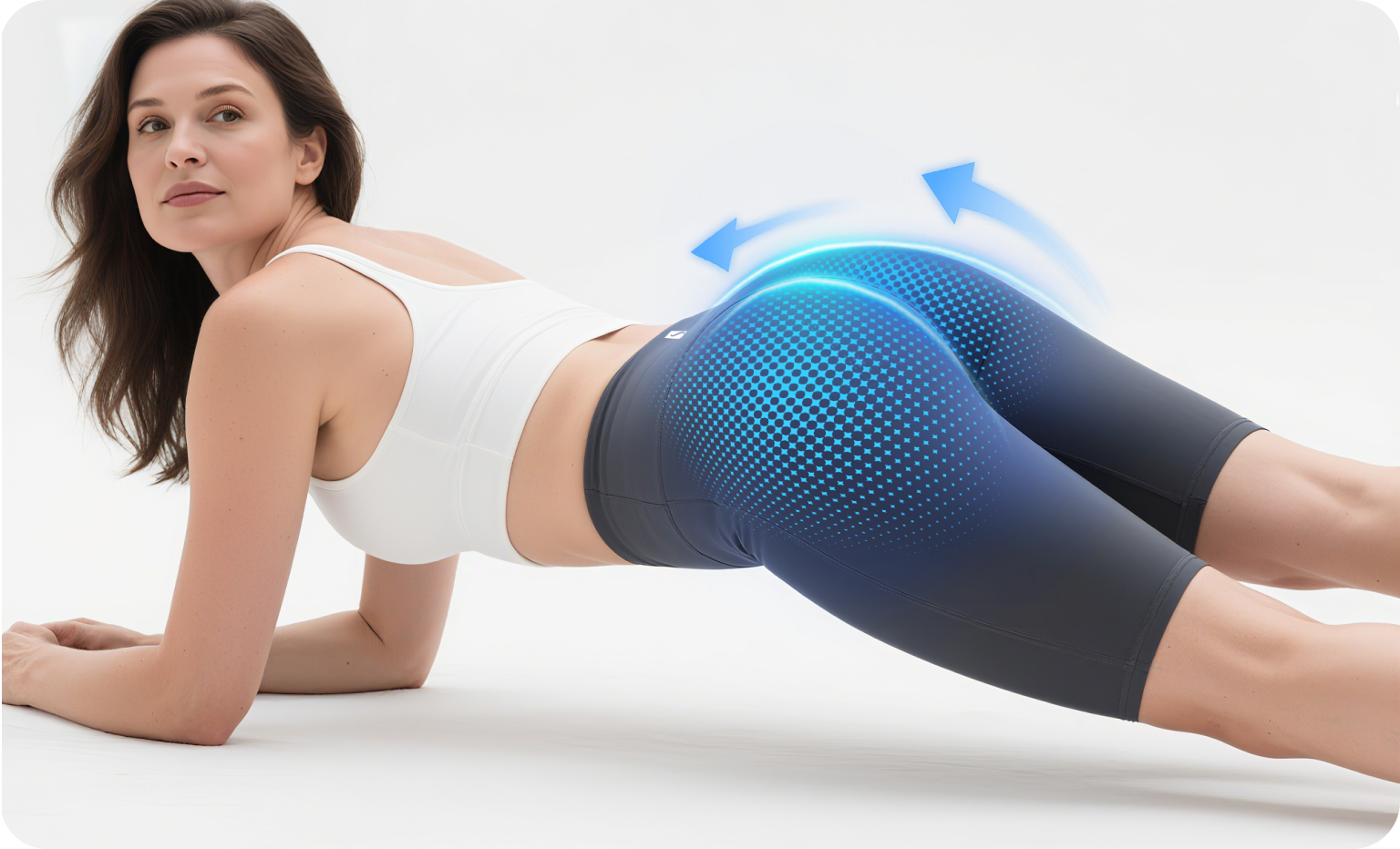
What is EMS Technology and How Does It Work?
JustinLinEMS (Electrical Muscle Stimulation) is a technology that uses electrical impulses to stimulate muscles, mimicking the signals sent by your brain. It causes muscles to contract, similar to how they would during a natural workout. EMS has become popular in various fields such as fitness, muscle recovery, and rehabilitation.
How Does EMS Work?
EMS works by delivering electrical pulses through electrodes placed on the skin, which then stimulate the underlying muscles. These pulses cause the muscles to contract, resulting in muscle activation and increased blood flow. This process mimics the natural contractions that happen during exercise.
- Electrical Impulses: The device sends small electrical currents to the muscles, which causes them to contract.
- Muscle Stimulation: These contractions help strengthen and tone muscles without the need for intense physical exertion.
- Non-Invasive: Unlike traditional workouts, EMS is a non-invasive method of muscle stimulation, making it easy to use without major physical strain.
The Benefits of EMS
- Muscle Strengthening
EMS is effective at strengthening muscles by stimulating both slow-twitch and fast-twitch muscle fibers. This makes it a useful tool for people looking to improve muscle tone, even in areas that are hard to target with traditional exercise. - Muscle Recovery
EMS is commonly used for muscle recovery after intense physical activity. The electrical stimulation increases blood flow to the muscles, helping to reduce muscle soreness and accelerate recovery time. - Improved Blood Circulation
By stimulating muscles, EMS helps improve blood circulation. Better circulation means more oxygen and nutrients reach the muscles, which can promote healing and improve overall muscle health. - Pain Relief
EMS can also help reduce muscle pain and inflammation. By activating muscle fibers and enhancing circulation, EMS can provide temporary pain relief, especially for those with chronic muscle tension or soreness. - Preventing Muscle Atrophy
For people with limited mobility or those recovering from an injury, EMS can help prevent muscle atrophy (wasting). Regular muscle stimulation keeps muscles active even when they’re not being used for traditional exercise.
Is EMS Safe to Use?
Yes, EMS is considered safe when used according to the manufacturer’s instructions. However, like any technology, it should be used with caution. People with certain medical conditions such as heart disease, pacemakers, or epilepsy should consult with a doctor before using EMS.
Who Can Benefit from EMS?
- Fitness Enthusiasts: Those looking to enhance muscle strength or improve body tone without doing traditional exercises.
- Athletes: EMS is used to help with muscle recovery, reduce fatigue, and maintain muscle health between workouts.
- People with Limited Mobility: EMS can help maintain muscle mass in individuals who are unable to exercise due to injury or other conditions.
- People Experiencing Chronic Pain: EMS is often used to relieve muscle tension and reduce pain caused by conditions like back pain or arthritis.
How Long Does It Take to See Results?
Results can vary depending on the frequency of use and the specific device you're using. Most users start to notice improvements in muscle tone and firmness after 2-4 weeks of regular use. For fat loss and muscle definition, longer-term use combined with a healthy lifestyle and regular physical activity is recommended.
EMS vs. Traditional Exercise: What's the Difference?
EMS and traditional exercise both aim to strengthen muscles, but they work in different ways:
- Traditional Exercise: Involves physical movement, such as lifting weights or doing cardio. This type of exercise engages the muscles through voluntary movement.
- EMS: Stimulates muscles directly with electrical pulses, which can target specific muscle fibers and areas that might be harder to engage with traditional workouts.
While EMS can be a great complement to traditional exercise, it doesn’t replace the need for physical activity. It works best as a supplement to an active lifestyle.
Conclusion: Is EMS Right for You?
EMS is a non-invasive, effective method for muscle strengthening, recovery, and pain relief. Whether you're an athlete, recovering from an injury, or simply looking to enhance your fitness routine, EMS can offer numerous benefits. It’s a versatile tool that can support various health and fitness goals, but it’s important to use it safely and in conjunction with a well-rounded exercise and nutrition plan.

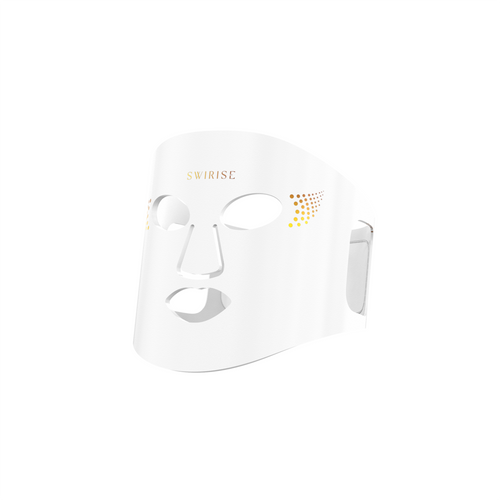

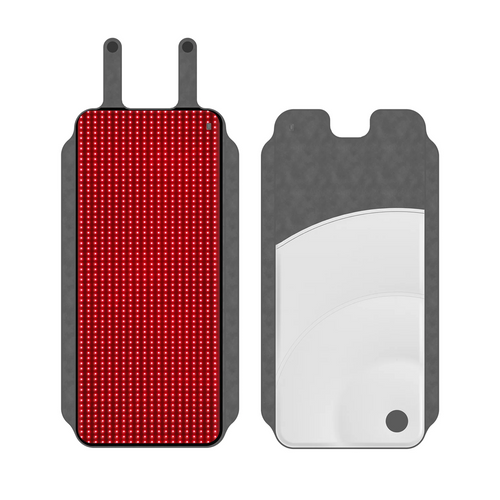


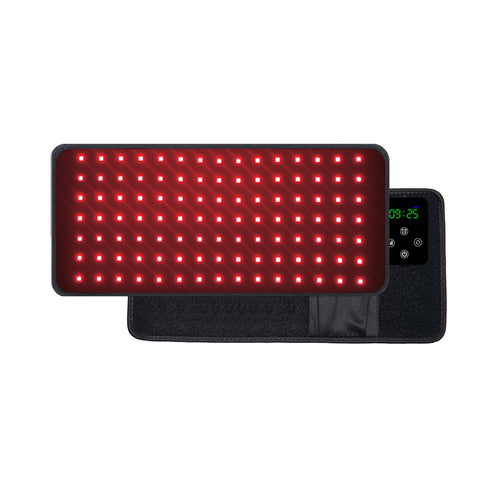
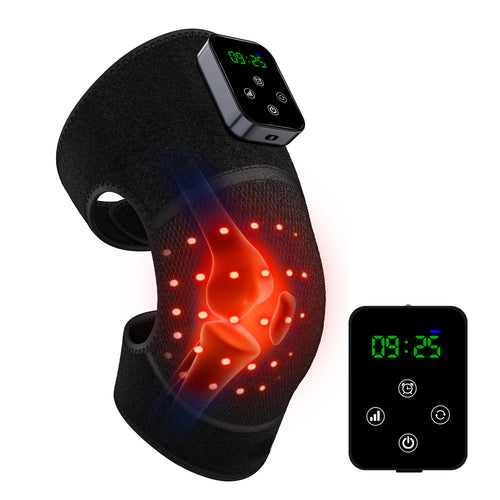
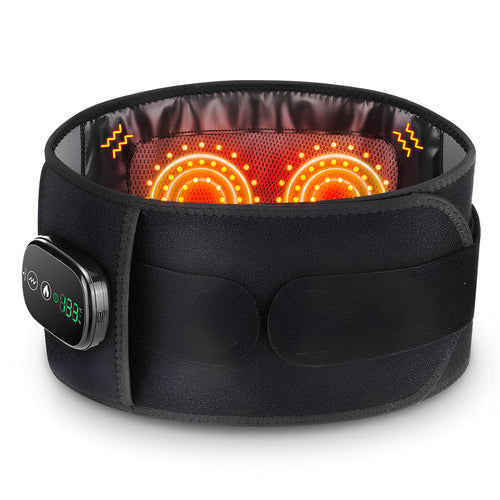
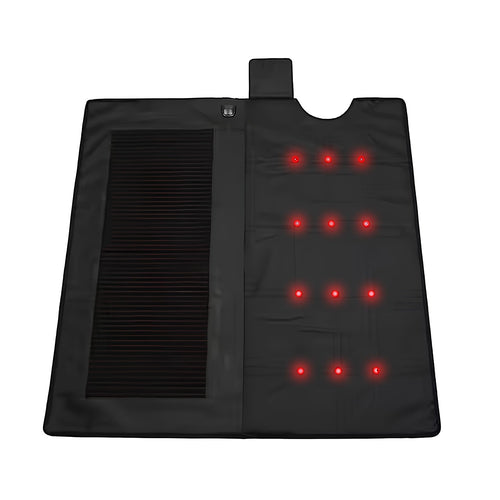


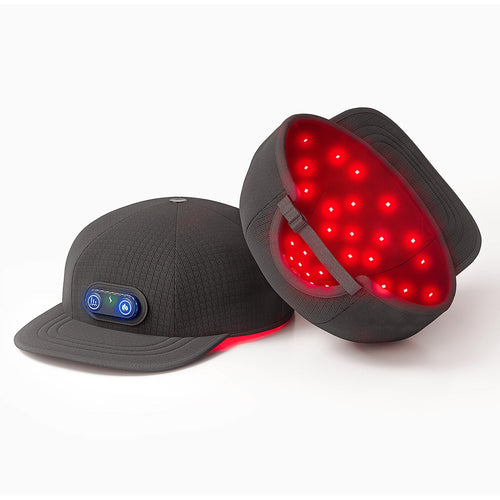

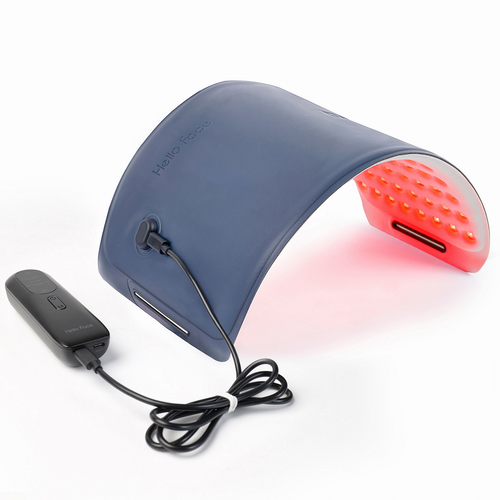
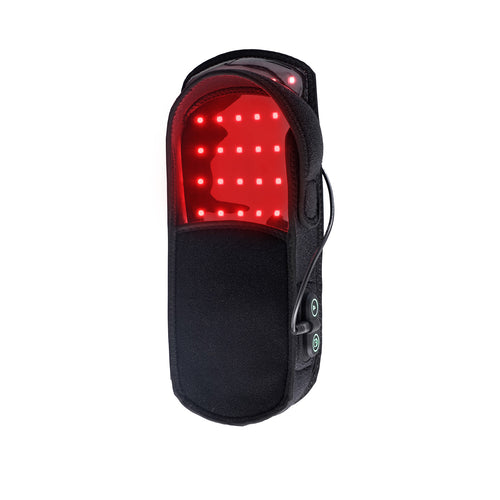
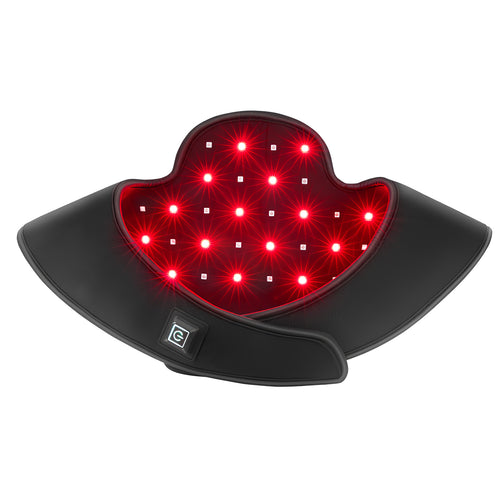
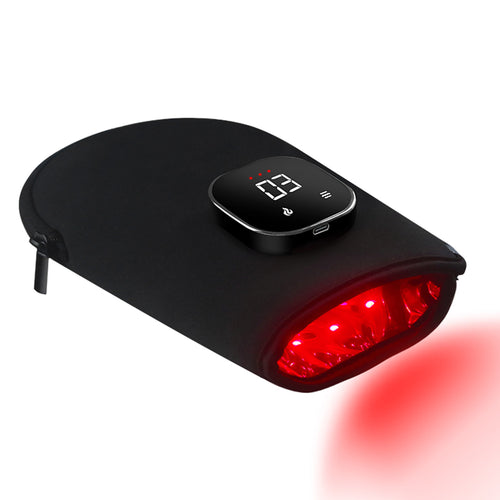

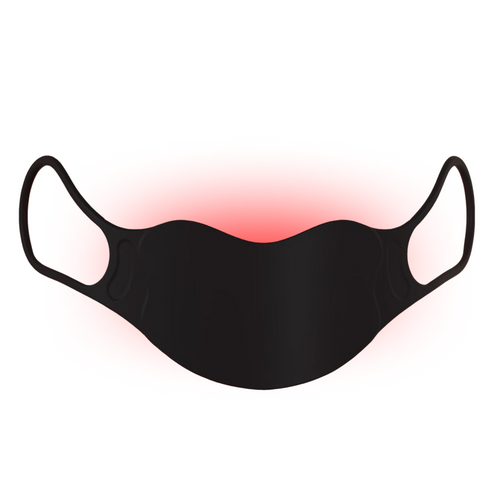
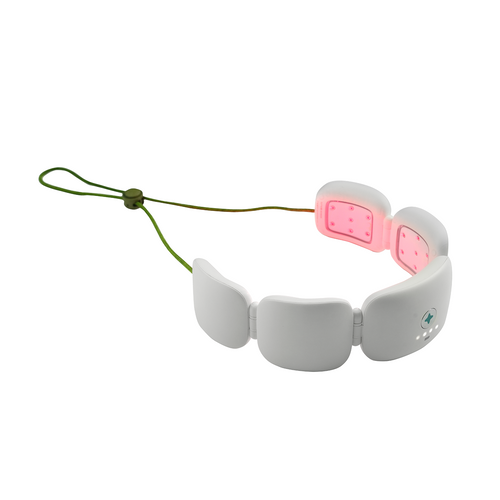

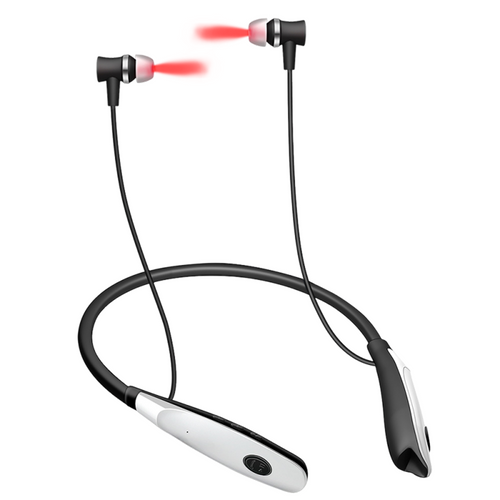
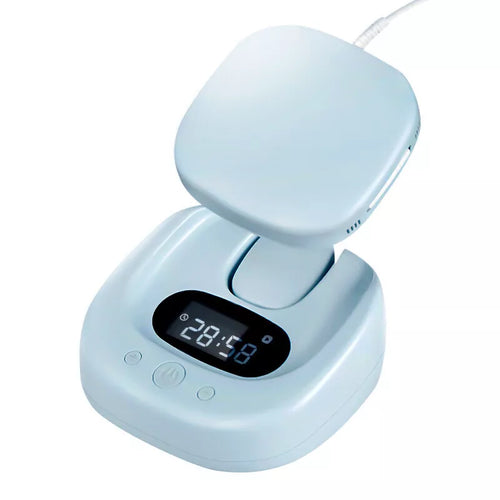

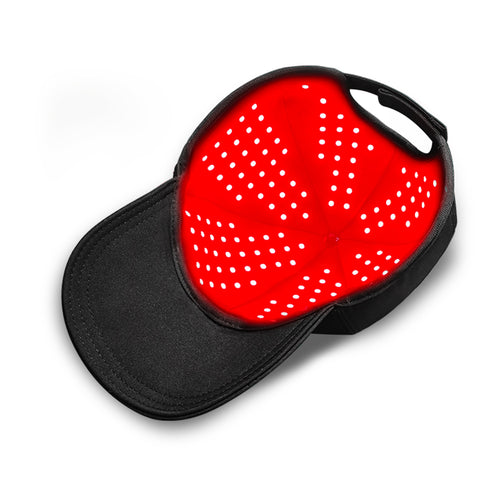
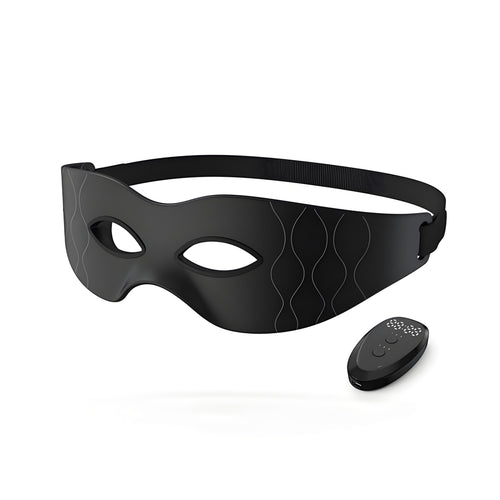
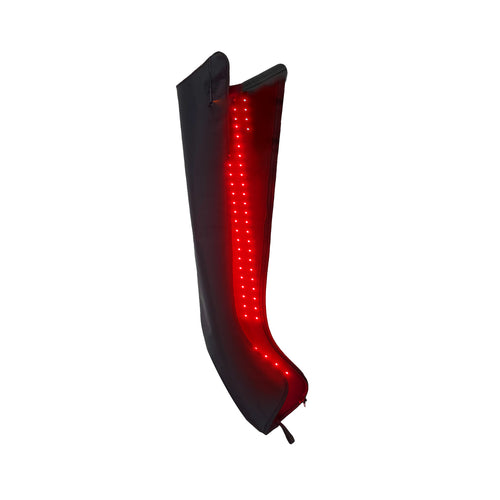


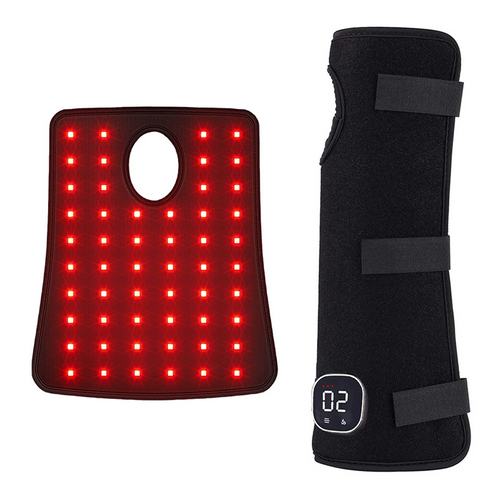
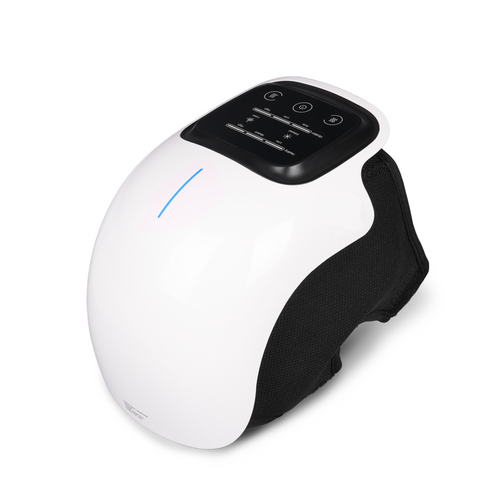
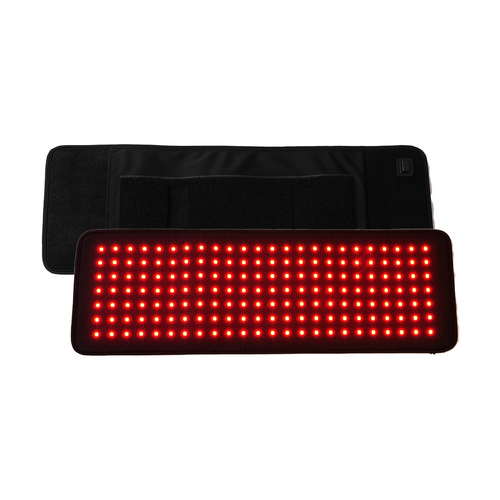
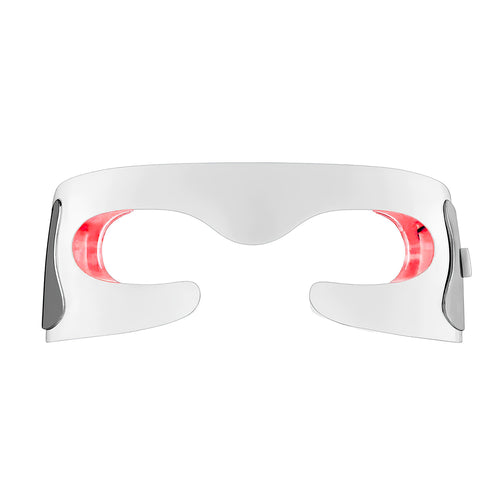
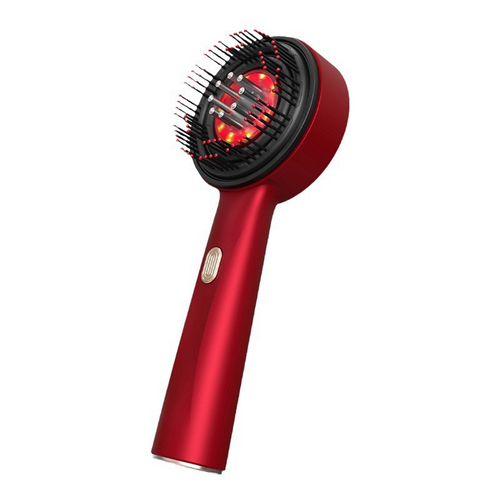
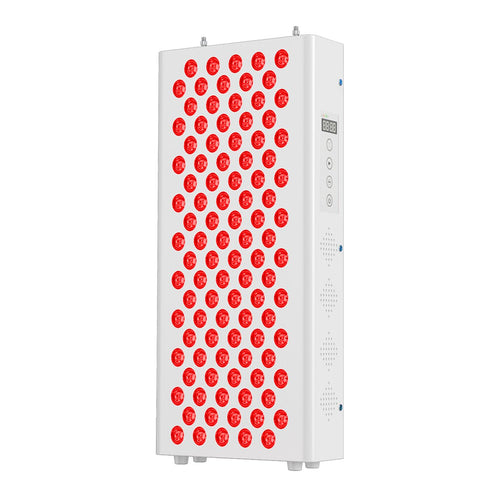
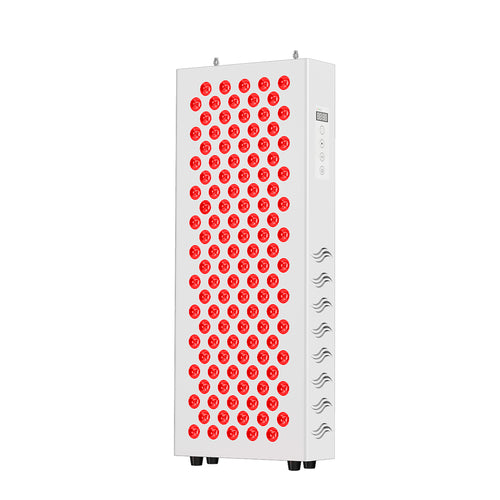

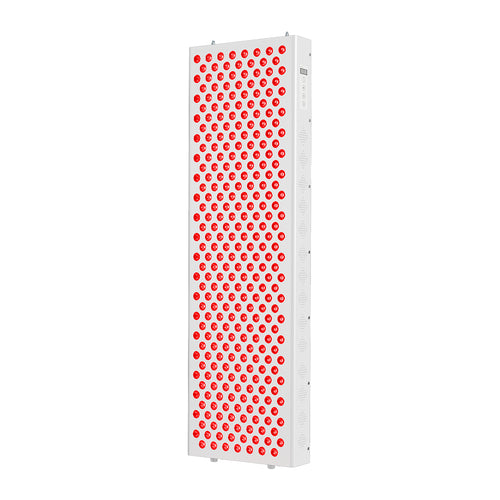
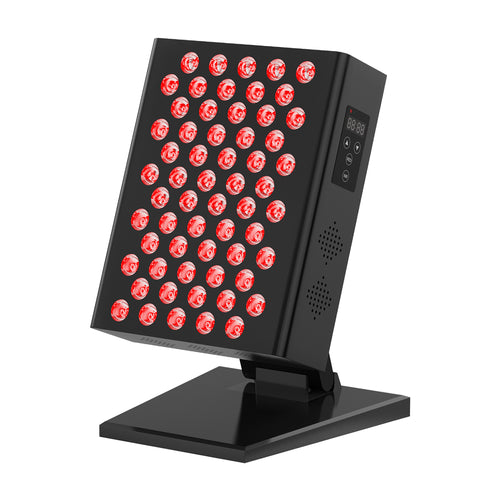




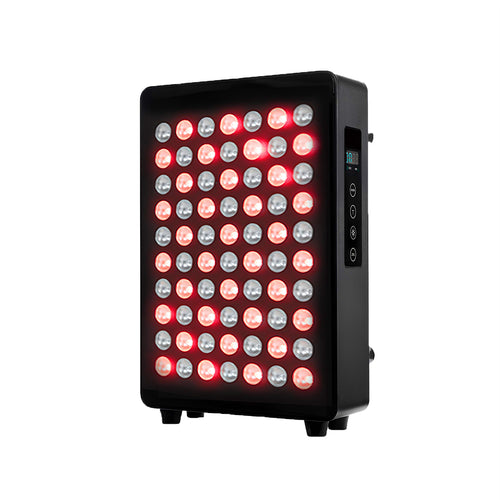
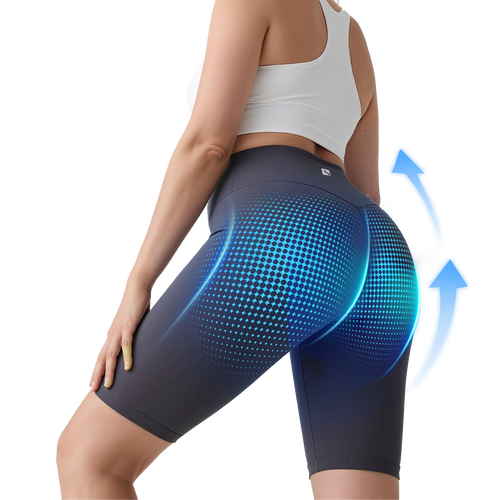
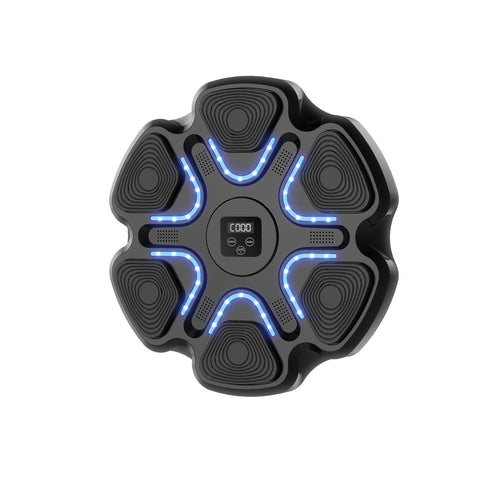
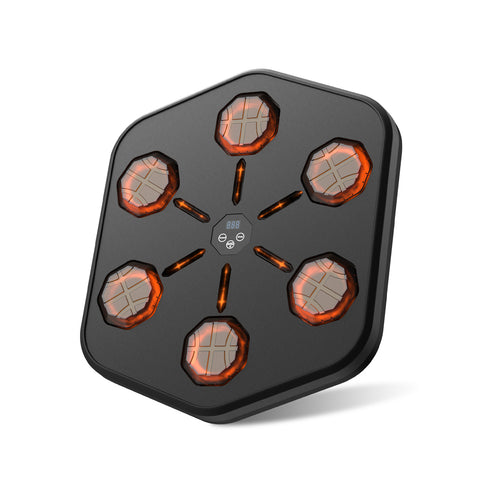
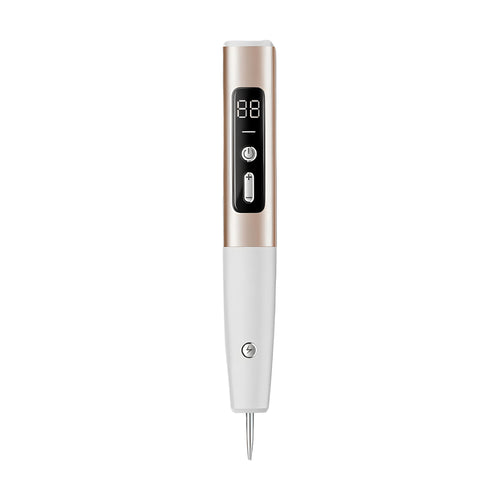

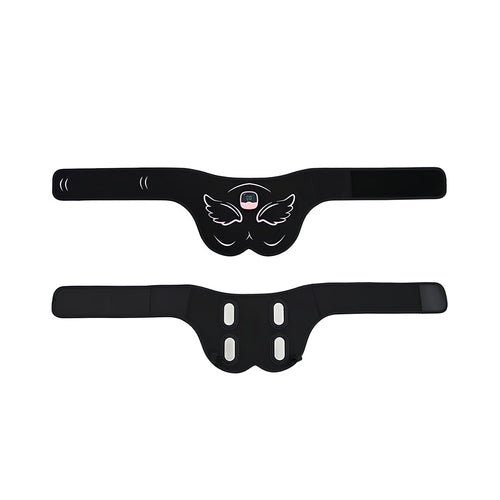
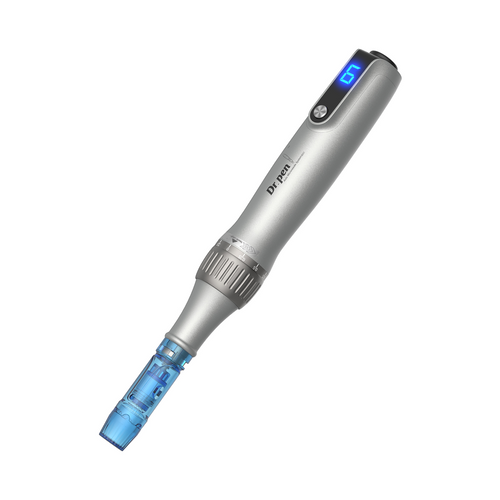
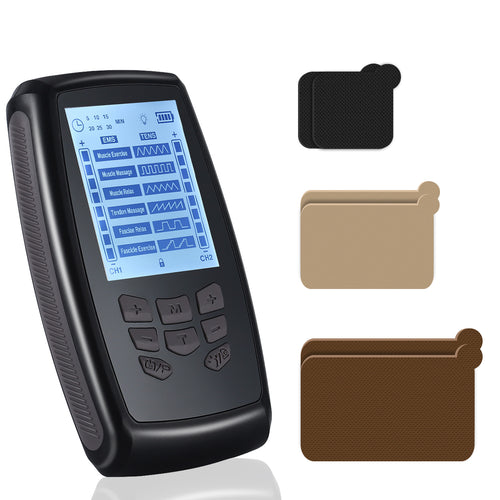
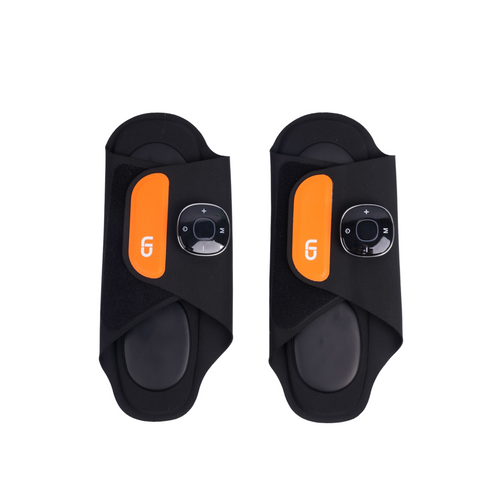
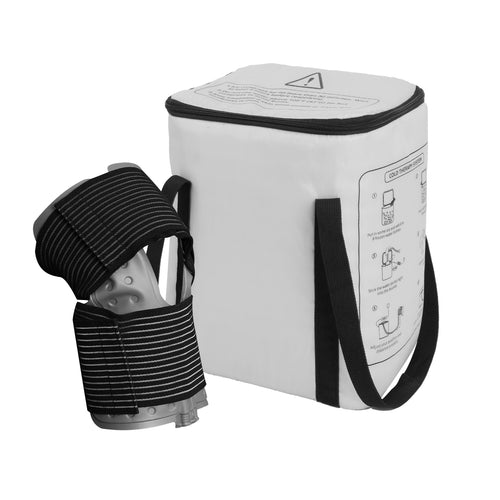
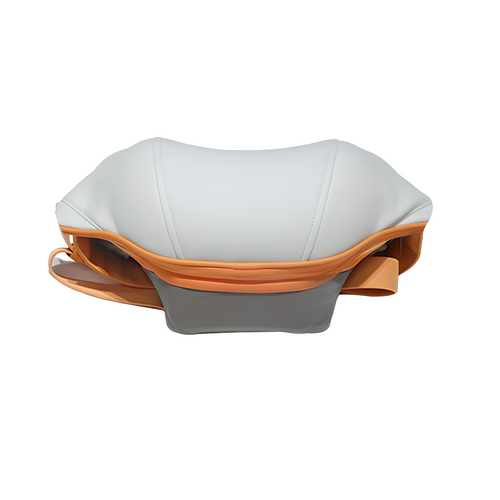
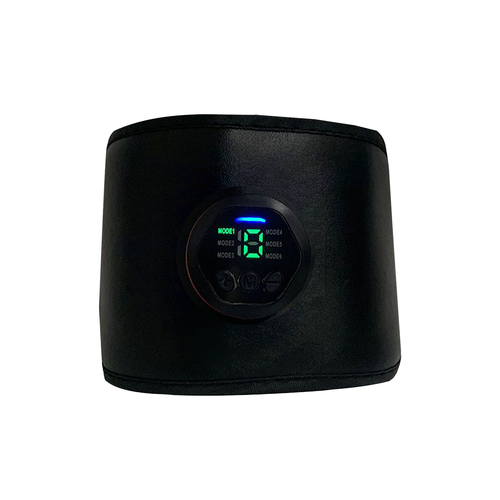

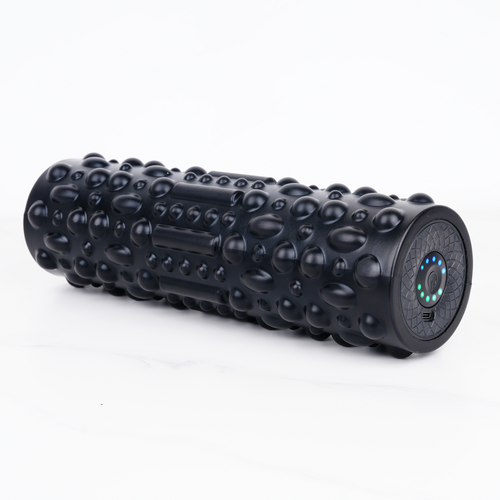
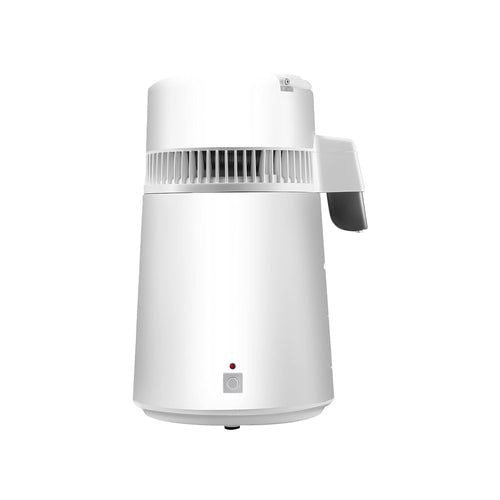
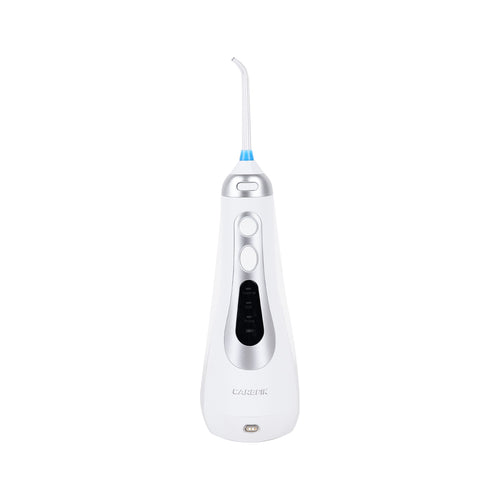
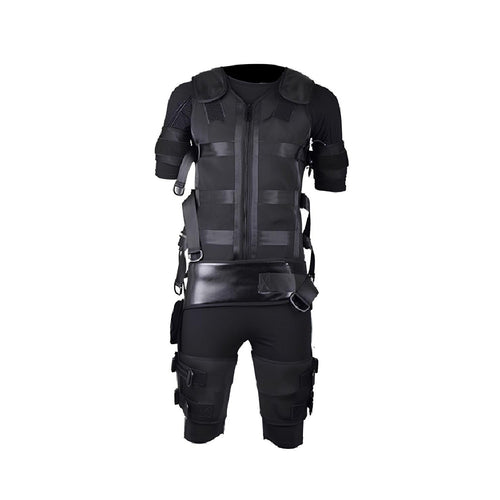
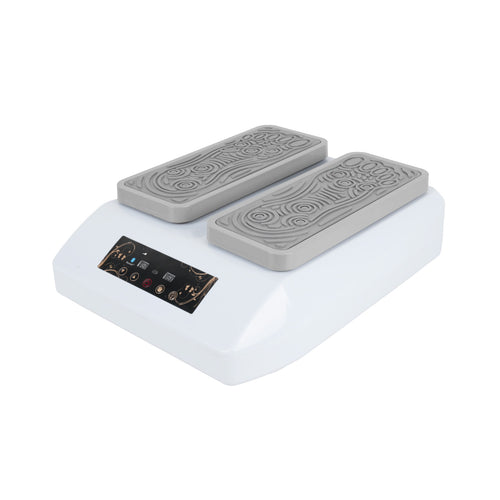

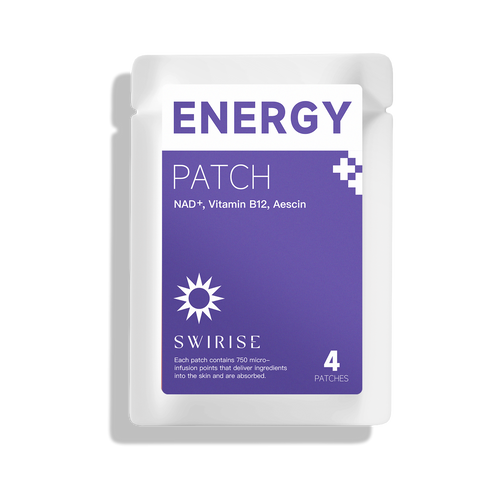

![2025 Best Red Light Therapy Devices [Reviewed & Ranked]](http://swirise.com/cdn/shop/articles/10_67ee382d-1cfe-4af2-9bc8-5d94fdb2296e.png?v=1753933551&width=1500)
![2025 Best Red Light Therapy Cap [Reviewed & Ranked]](http://swirise.com/cdn/shop/articles/4_5cca7e60-5db9-41e2-8230-7bd6330bcc0b.png?v=1753355272&width=1500)